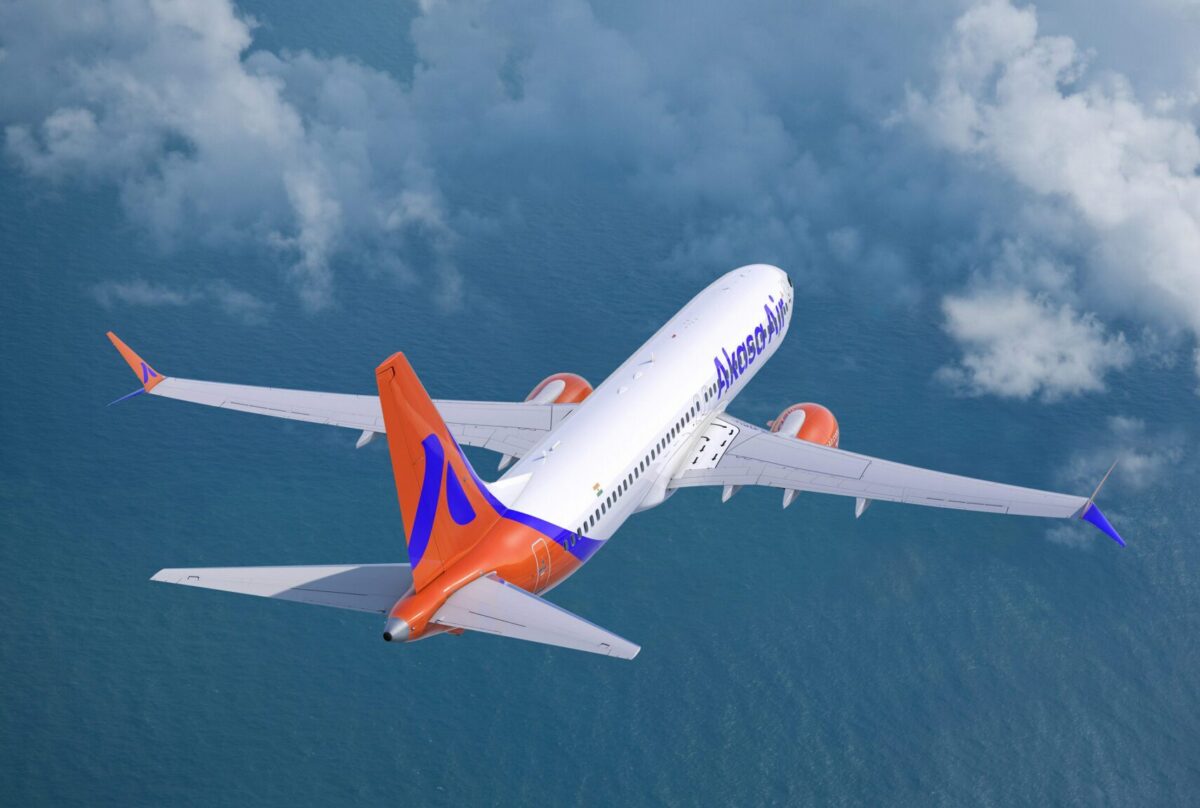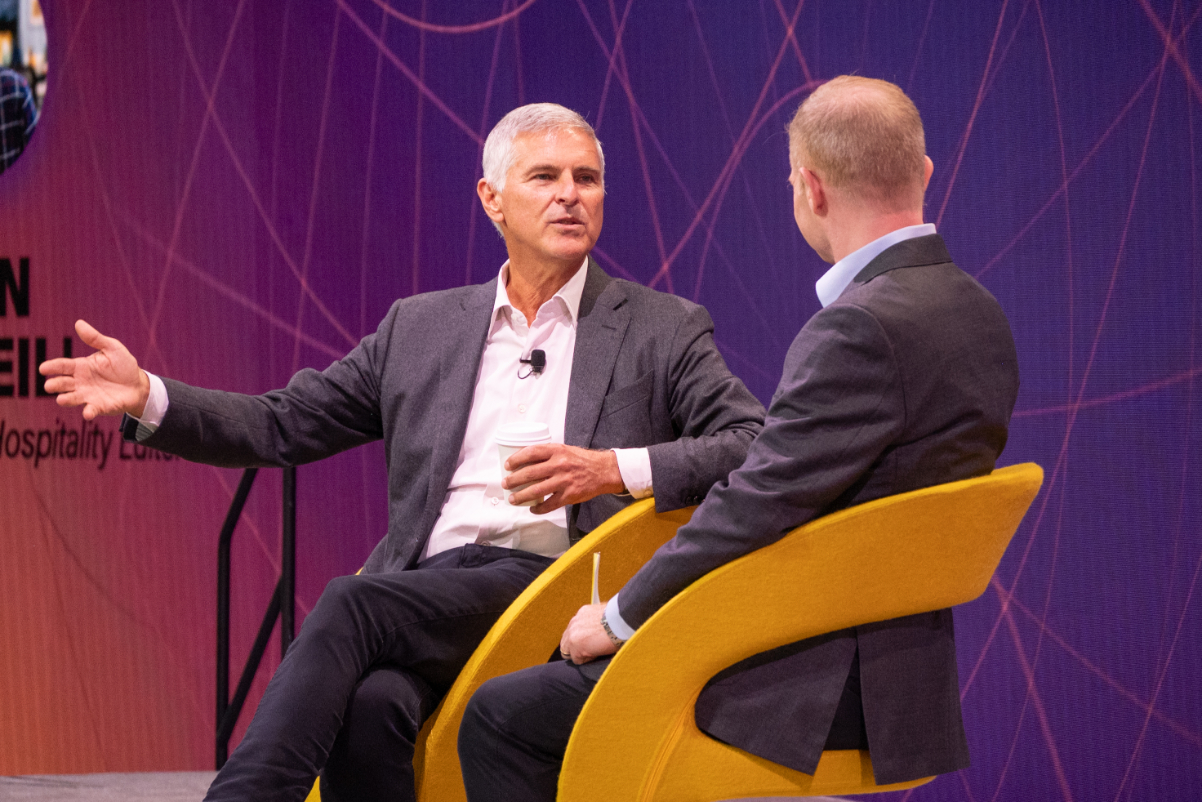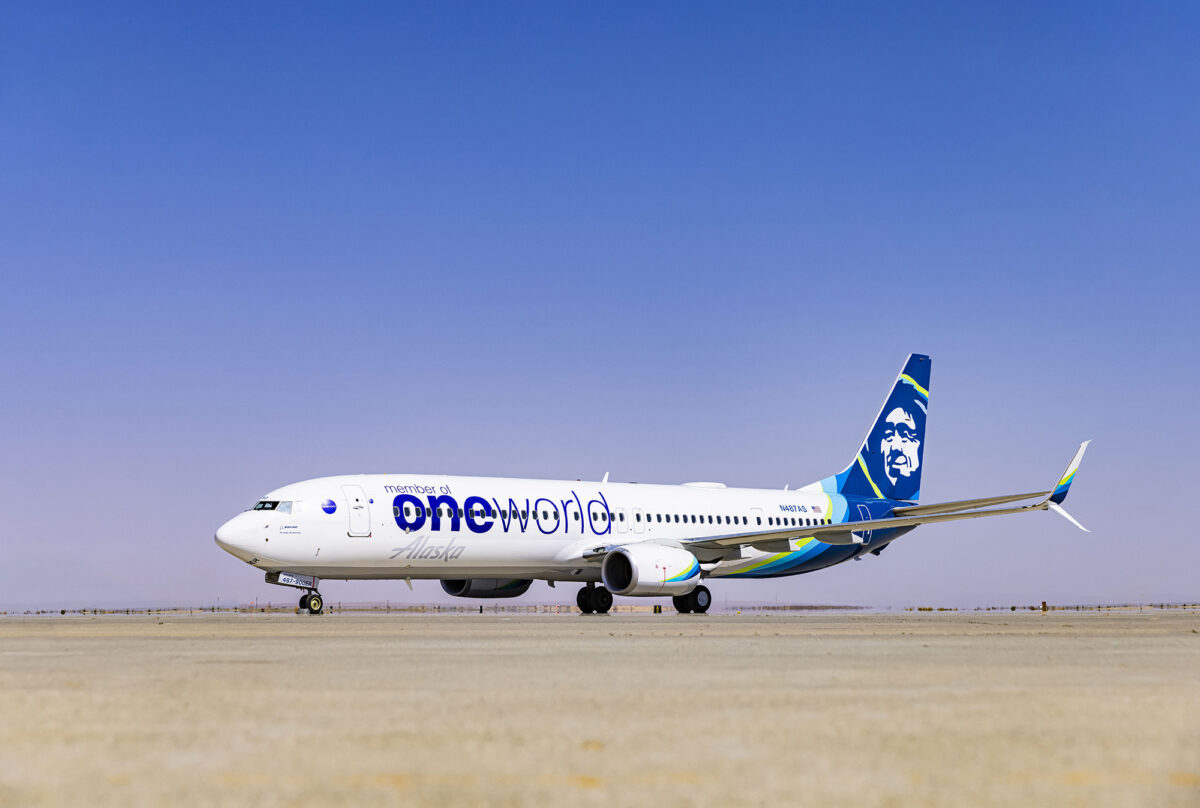Akasa Air's Plan to Expand Beyond India

Skift Take
India’s newest airline, Akasa Air, made its international debut in Doha, Qatar in March — just 19 months after its launch.
Akasa has also been granted traffic rights for three other international destinations: Kuwait, Jeddah and Riyadh. And co-founder and chief commercial officer Praveen Iyer told Skift the airline would be rapidly expanding its global footprint.
Since its launch in August 2022, Akasa Air has flown over 8 million passengers connecting 22 cities. The airline had a domestic market share of 4.1% in 2023.
In an interview with Skift, Iyer shared insights into the airline's future plans.
Why Begin in Doha?
The decision to debut internationally in Doha, Qatar, was not arbitrary, Iyer said. “We had been granted flying rights to Qatar, a couple of points in Saudi Arabia and Kuwait. Each of these countries are constrained for capacity, and were therefore interesting markets.”
With a focus on capacity-constrained markets and robust traffic flows between India and the Gulf, Doha emerged as a prime choice for Akasa's international expansion.
“We just saw value in utilizing our assets with Qatar and that's what prompted us to start operations in this route,” said Iyer.
Iyer further said that the traffic flows between India and the Middle East will only grow with each passing year: “No wonder airlines have been requesting for bilaterals to be expanded,” he said.

Future Routes and Factors Influencing Choices
When it comes to selecting future routes, Akasa will prioritize factors such as aircraft capabilities, capacity constraints, bilateral availability and network connectivity, according to Iyer.
With a fleet capable of flying within a six-hour radius of India, Akasa eyes potential routes across the Gulf, Southeast Asia, Far East, points of East Africa. Moreover, the airline strategically deploys its assets from key metropolitan cities in India, like Mumbai, Delhi, and Bengaluru, to cater to diverse market demands.
“We have 26 departures out of Mumbai, close to 13 departures out of Delhi and around 25 departures from Bengaluru. We deploy our assets based on the connectivity available from each of these points,” he said.
After Doha, Akasa now looks to introduce flights to Jeddah and Riyadh as well as Kuwait. “It's a matter of time before we make these announcements, as well,” Iyer said.
Akasa’s Orders vs Production and Safety Issues at Boeing
Despite industry-wide production challenges, Akasa remains optimistic about its fleet expansion and international operations.
Iyer emphasized a planned delivery schedule aligned with the airline's growth. While acknowledging occasional deviations from the plan, he said, “I'm a big fan of the T 20 format in cricket, but running an airline is more like a Test match.”
Akasa has placed an order of 226 planes with Boeing, of which 24 have been delivered. The delivery of the remaining 202 aircraft will go all the way through to 2032. “We have 8 years to take delivery of all the aircraft. By 2027, we would have more than 70, we are on track. Boeing's ability to deliver versus Akasa’s willingness to deploy is very well aligned.”
Addressing safety concerns, Iyer called the Boeing 737 Max one of the most scrutinized aircraft worldwide. “Our safety standards are well above the norms set by (Indian aviation watchdog Directorate General of Civil Aviation) DGCA," he said. "We would recommend everybody to fly the Max. It's all the safest aircraft that you can find.”
Focus on Tier 2 and Tier 3 Cities
Akasa's focus on tier 2 and tier 3 cities reflects shifting market dynamics and the untapped potential in regional connectivity. Iyer highlighted the increased relevance of these cities, especially amid the Covid-19 pandemic, and Akasa's role in addressing the demand-supply gap in India's domestic aviation market.
Prior to Covid-19, Iyer noted that there was a strong emphasis on metropolitan routes such as Mumbai-Delhi, Delhi-Bengaluru, and Delhi-Chennai.
“The way in which we have deployed our capacity, tier-2, tier-3 cities dominate it, right from Ayodhya, Prayagraj, Gorakhpur, Guwahati to Agartala,” he said.
Despite the conventional airline practice of multiple frequencies between major routes, Akasa remains undeterred, recognizing India's existing capacity constraints.
Iyer noted that in February 2020, the number of departures in India domestic was about 3,200, today it stands at around 3,100. “We may have crossed the number of seats utilized, but we've certainly not crossed the capacity,” he said, indicating untapped capacity.
Akasa's strategic timing in deploying assets during a period of capacity shortage in smaller cities has bolstered its confidence to further expand in these cities.





